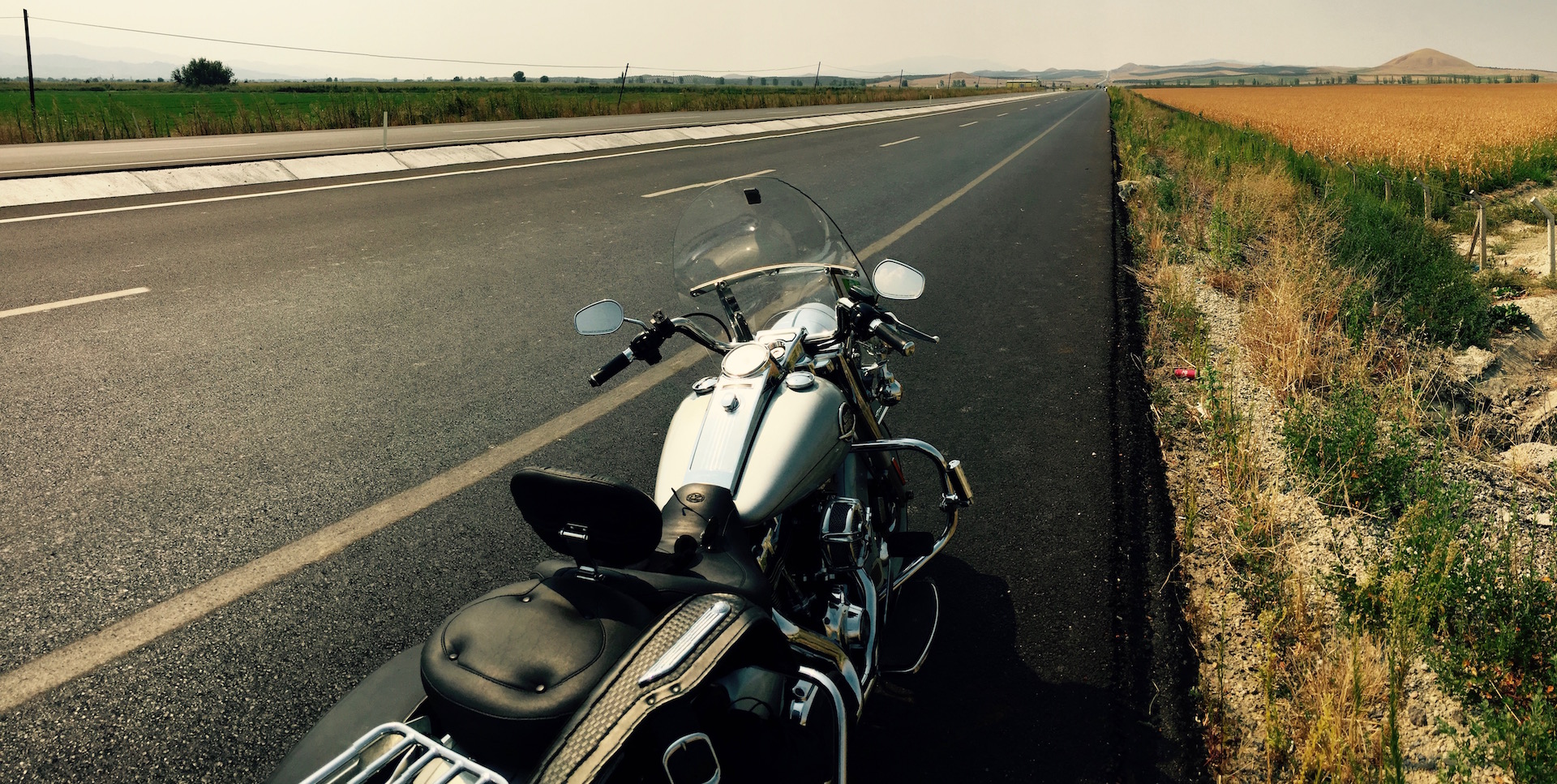Just rode out in the blazing heat here (37C or so) today to take a look at the enormous Tumuli (ancient burial mounds) about 100km east of Izmir at ancient Sardis. Some of them are on a similar scale to the Great Pyramids at Giza in Egypt and there are a total of some 115 of them or so dotted over the landscape around Sardis.
Gyges and Croesus are the two most famous kings here about 2600 years ago. They’re famous mainly for being mentioned by Herodotus in book one of “The Histories“, and the story of Gyges is retold at a desert campfire by Kristin Scott Thomas’ character in the movie “The English Patient”. A Gyges of Lydia is also mentioned in Plato’s “The Republic” in book 2 and the “Ring of Gyges” tale is essentially the origin of the story of the Invisible Man popularised by H.G. Wells in the 19th century.
At any rate, Gyges, got a huge tumulus when he died but it seems that his grandson Alyattes got the biggest one! His great grandson, Croesus, was noted for being incredibly rich and Lydia is widely accepted to have been the first place to mint modern money around 600BC. This was probably on account of all the gold and silver in the local river washing out of the geologically active surrounding area, and I believe the expression “as rich as Croesus” is still around.
Croesus also had the dubious distinction of being the LAST king of Lydia! Needless to say, the Persians had noted this rather small but cash rich kingdom and decided that they would be better qualified to manage it personally in 546BC …. when their rather large army showed up outside the gates of Sardis to effect a “change in local management”!
Croesus had both good and bad luck. When the Persians showed up – he had misinterpreted the Oracle at Delphi and …. lost decisively .. and Cyrus the Great reckoned the best place for him was to fry him up on a pyre – kind of “frying tonight” Persian style without the kebab! However, when the pyre was lit – it started to rain – which hugely impresses the Persian king who ends up appointing Croesus as the local governor – worse than king but still better than being barbecued – and he lives to tell the tale!
At any rate, these burial mounds are enormous, the one for Alyattes is some 300m diameter, and they were entirely built by hand. Alyattes’s mound is similar in size to the Great pyramid of Giza and estimates suggest it took 2500 people 2.5 years to build it. So, it seems that the locals had a lot of spare time on their hands, back in the day, and the rulers had a lot of spare money to pay for it all 😉
So here’s a couple of drive-by shots of them, it’s a beautiful landscape there, even today, although it was a very hot day with little in the way of shade when I was there.
Share








